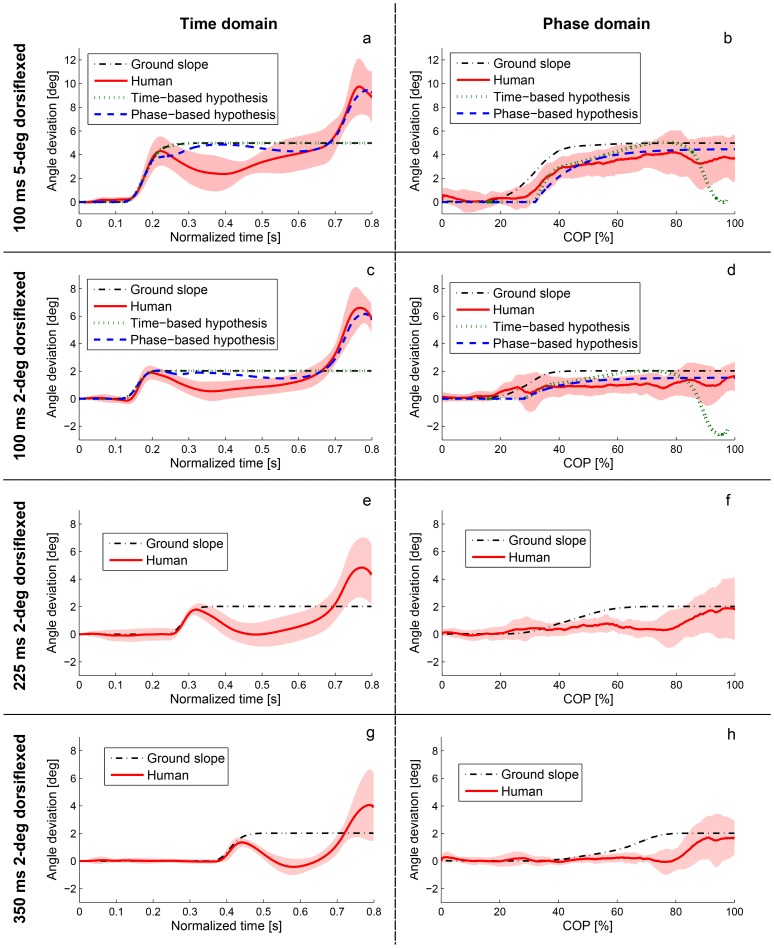Figure 5. Human responses to dorsiflexive (positive) perturbations at 100 ms, 225 ms, and 350 ms after heel strike.
(a–d) Human and hypothetical deviations from the nominal trajectory after 5-degree (a, b) and 2-degree (c, d) perturbations at 100 ms in both time domain (left) and phase domain (right). Human responses are shown by mean value and error bars (±1 standard deviation shown in the shaded region), and the perturbation window is shown by the ground slope trajectory in dash-dotted black. The time-based reference (dotted green) exactly follows the ground slope trajectory (dash-dotted black) in time domain, which shows the perturbation window. The phase variable hypothesis (with the COP as the phase variable) better predicts the two human cases. Note that the phase variable hypothesis is initially outside the error bars of the actual time-domain response because the hypothesis was modeled with a linear time-phase curve that did not capture the nonlinearities of the actual COP trajectory (Figure 4). The hypothetical time-phase curve does not enter into the phase-domain reference pattern, so we see that the phase variable hypothesis is well within the error bars of the actual phase-domain response. (e–h) Human deviations from the nominal trajectory after 2-degree perturbation at 225 ms (a, b) and 350 ms (c, d). The human responses to both perturbation times resemble the 100 ms response in addition to the phase variable hypothesis for the 100 ms condition (c, d). Note that the perturbation does not appear to start exactly at 225 ms in (e) or 350 ms in (g) because the slope trajectory is plotted over normalized time (which is scaled between 0 and 0.8 s). Moreover, the perturbation window appears stretched in the phase domain compared to the time domain for two reasons: 1) the COP naturally moves faster during the time window of these perturbations, which therefore occupy a larger portion of the phaseline, and 2) the COP location at perturbation times varies due to normal variation in walking speed, so averaging the perturbation trajectory over COP samples results in a widened window. In other words, perturbations start at different points in phase between trials, which are averaged into one longer window.

